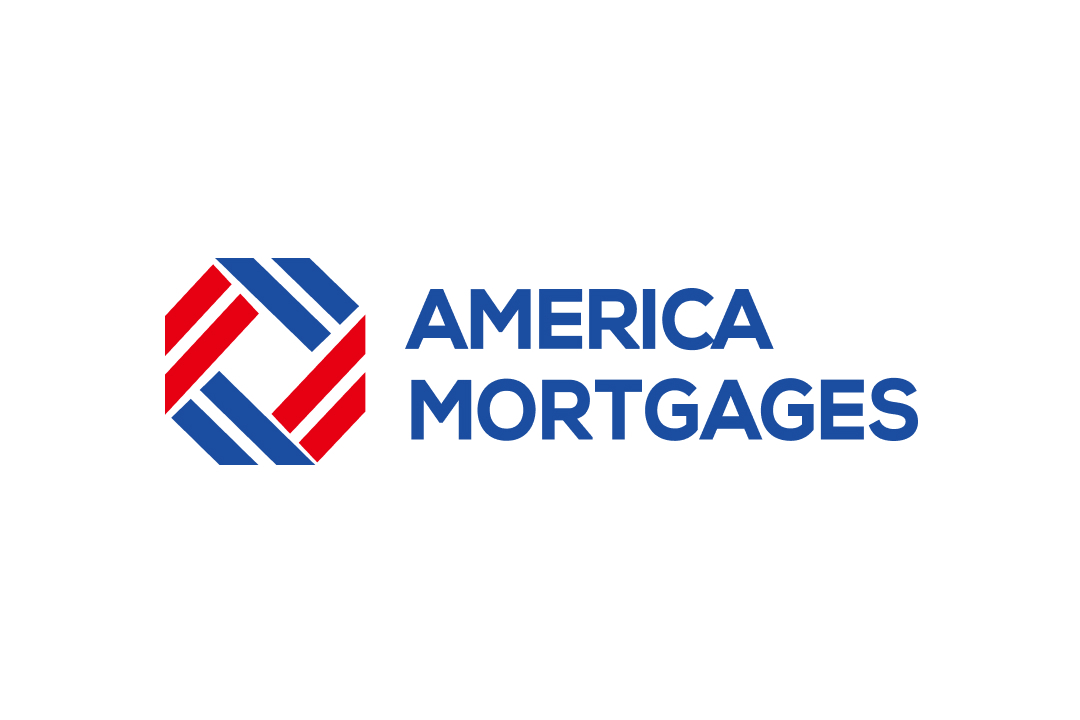One source, multiple options
America Mortgages is a Super Broker with an emphasis on the U.S. mortgage market. We specialize in Residential, Commercial, Construction, and Bridge financing for Non-U.S. Citizen, U.S. Expats, Family Offices, and Institutions. With the ability to lend in all 50 U.S. States (for most programs) and Internationally, America Mortgages is the “go-to” source for global Real Estate financing.
America Mortgages has direct relationships with U.S. banks, Asia regional banks, private mortgage lenders, and global funds to directly offer market-rate loan programs to the borrower in Asia or abroad.
The Power of YES! Over 11 languages/dialects spoken, cultural understanding, regional representation, and the ability to open an application and close the mortgage in most locations without leaving your home country.
Our U.S. mortgage programs include:
- U.S. Expat Mortgages
- Non-U.S. Citizen/Foreign National Mortgages
- Construction and Commercial property loans
- Bridge lending
- Hard/Soft money loans
- Cross Collateral
- Fix-n-Flip
Our international mortgage programs include:
- Large scale, global bridge financing – US$3M minimum and up in most countries
- Residential mortgage loans in various countries with a minimum loan amount of US$100k
For more information, please contact [email protected].


